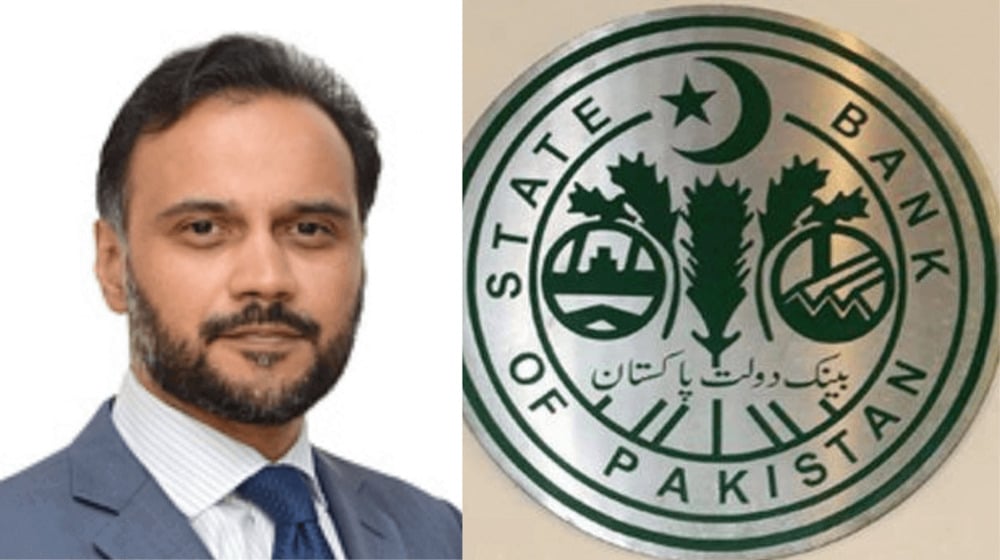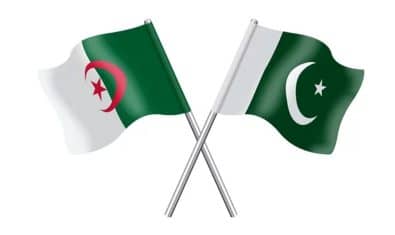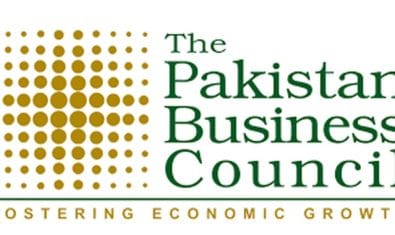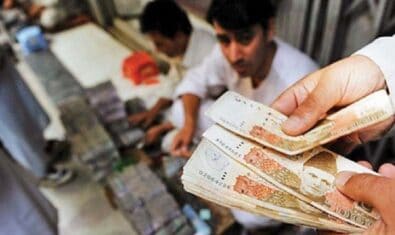Acting Governor State Bank of Pakistan (SBP) Dr. Murtaza Syed said Pakistan’s $33.5 billion external financing needs were fully met for the financial year 2022-23 (FY23), adding that “unwarranted” market concerns about its financial position will dissipate in weeks.
“Our external financing needs over the next 12 months are fully met, underpinned by our ongoing IMF program,” he added.
Pakistan last week reached a staff-level agreement with the IMF for the disbursement of $1.17 billion in critical funding under resumed payments of a bailout package. According to the top central bank official, “The recently secured staff-level agreement on the next IMF review is a very important anchor that clearly separates Pakistan from vulnerable countries, most of whom do not have any IMF backing”.
The lender’s board needs to approve the agreement before the disbursement, which is expected in August, before which there remain prior policy actions to be fulfilled, according to sources familiar with the matter.
“Pakistan’s external debt is low, of relatively long maturity, and on easier terms, since it is heavily skewed toward concessional multilateral and official bilateral financing rather than expensive commercial borrowing,” said Dr. Murtaza Syed.
He detailed that Pakistan’s Debt-to-GDP ratio of Pakistan stands at 70 percent which comprises 40 percent of external debts and 7 percent of short-term loans. Fears have risen about Pakistan’s stuttering economy as the rupee fell nearly eight percent against the US dollar in the last trading week, while forex reserves stand below $10 billion with inflation at the highest in more than a decade. According to the central bank governor, $33.5 billion in gross external financing needs would be met “comfortably” with $35.9 billion in available financing.
Most of the financing was shown from multi-laterals, oil payment facilities, and rollovers of bilateral financing, and the heaviest financing needs were in Q2 of FY23. Pakistan tightened monetary policy and allowed the exchange rate to depreciate as soon as external pressures began, he added.
The governor pointed out that Sri Lanka’s fiscal position had been much worse than Pakistan’s, with primary deficits three to four times larger since the pandemic. Pakistan was being unfairly grouped with more vulnerable countries amid panic in global markets due to a commodity supercycle, tightening by the US Federal Reserve, and geopolitical tensions. “We expect this reality to dawn in the coming weeks and the unwarranted fears around Pakistan to dissipate,” he remarked.
The SBP Governor said various measures have been taken to fix the economy including tight monetary policy, reduction in fiscal deficit, and regulatory and structural reforms. The board meeting of the SBP-IMF is due in August which will further clarify the direction of Pakistan in a positive way, he said.
Deputy Governor Dr. Inayat Hussain said Pakistan’s forex reserves stand at $9.3 billion whereas its gold value stood at $3.8 billion. There is no alarming situation for foreign exchange in Pakistan. He said that the SBP did not receive any complaints about any bank or oil company facing LC opening facility in Pakistan.





















